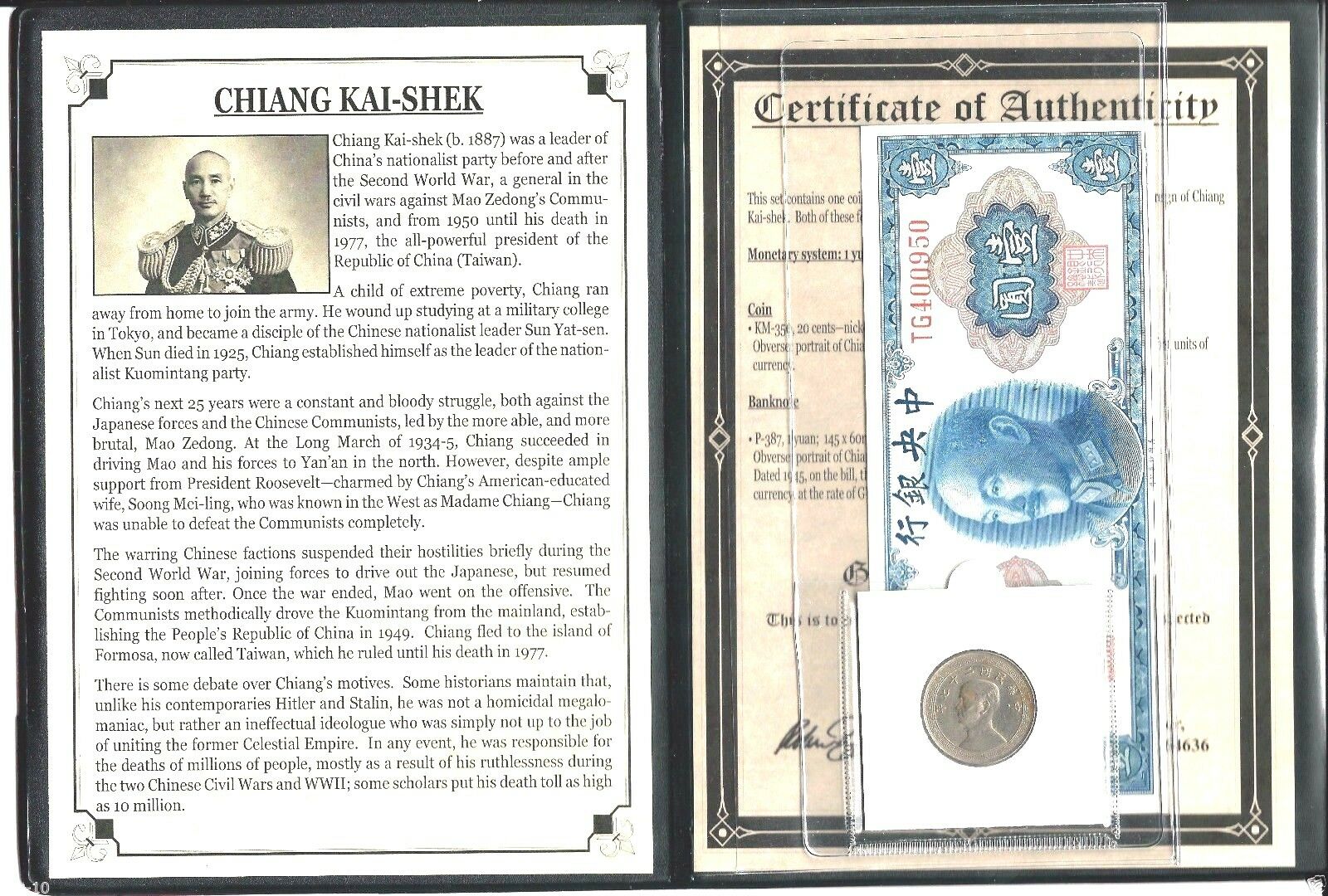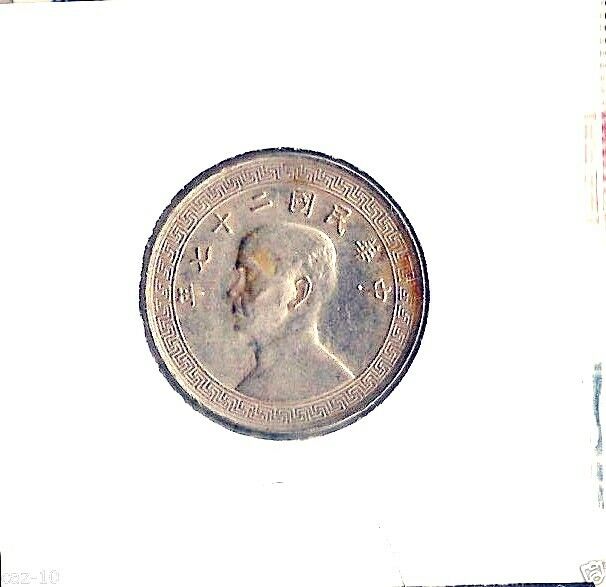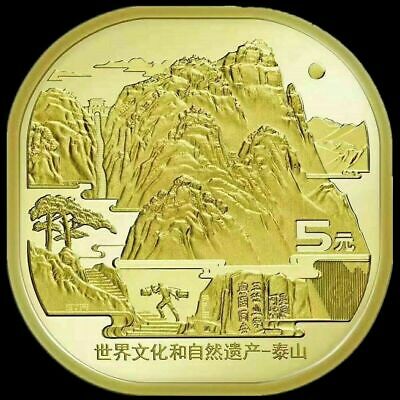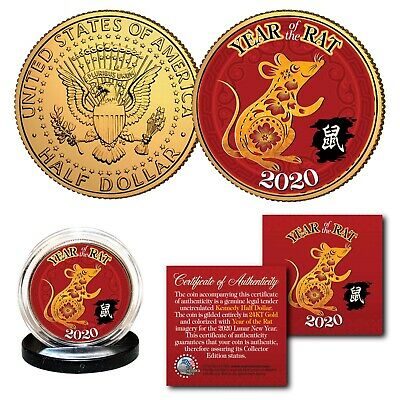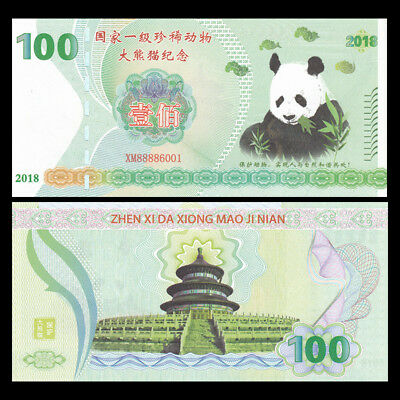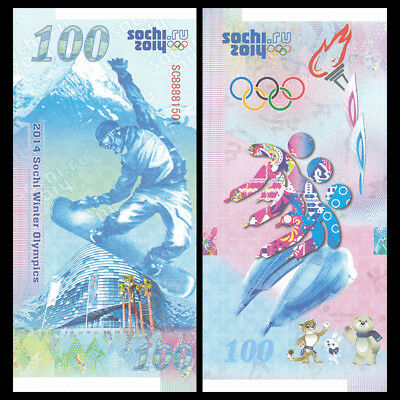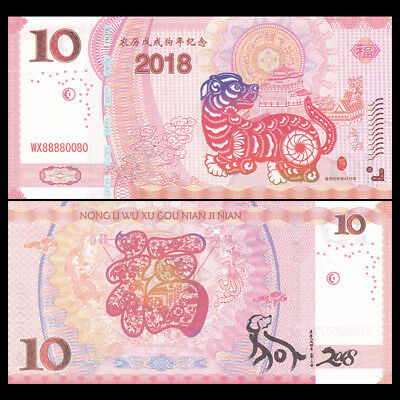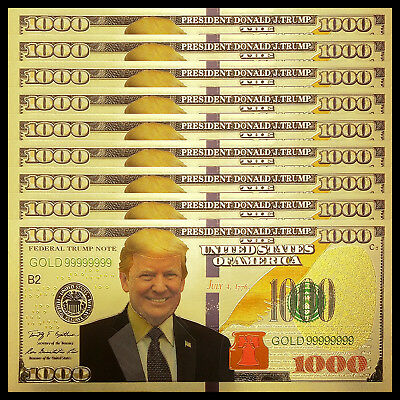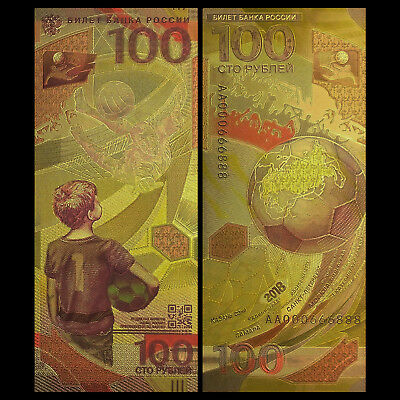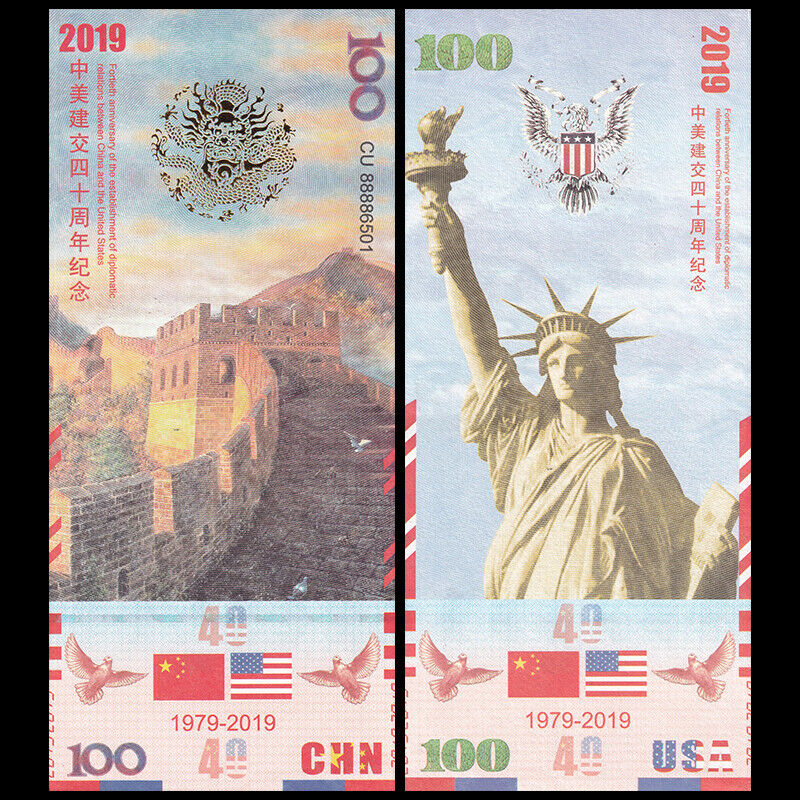-40%
Chiang Kai-Shek Coin and Banknote With Story,Album & Certificate
$ 27.43
- Description
- Size Guide
Description
Chiang Kai-Shek Coin and Banknote With Story,Album &Certificate.Chiang Kai-shek (b. 1887) was a leader of China’s nationalist party before and after the Second World War, a general in the
civil wars against Mao Zedong’s Communists, and from 1950 until his death in 1977, the all-powerful president of the
Republic of China (Taiwan).
A child of extreme poverty, Chiang ran away from home to join the army. He wound up studying at a military college in
Tokyo, and became a disciple of the Chinese nationalist leader Sun Yat-sen. When Sun died in 1925, Chiang established
himself as the leader of the nationalist Kuomintang party.
Chiang’s next 25 years were a constant and bloody struggle, both against the J apanese forces and the Chinese Communists,
led by the more able, and more brutal, Mao Zedong. At the Long March of 1934-5, Chiang succeeded in driving Mao and his
forces to Yan’an in the north. However, despite ample support from President Roosevelt—charmed by Chiang’s Americaneducated
wife, Soong Mei-ling, who was known in the West as Madame Chiang—Chiang was unable to defeat the
Communists completely.
The warring Chinese factions suspended their hostilities briefly during the Second World War, joining forces to drive out
the J apanese, but resumed fighting soon after. Once the war ended, Mao went on the offensive. The Communists
methodically drove the Kuomintang from the mainland, establishing the People’s Republic of China in 1949. Chiang fled to
the island of Formosa, now called Taiwan, which he ruled until his death in 1977.
There is some debate over Chiang’s motives. Some historians maintain that, unlike his contemporaries Hitler and Stalin,
he was not a homicidal megalomaniac, but rather an ineffectual ideologue who was simply not up to the job of uniting the
former Celestial Empire. In any event, he was responsible for the deaths of millions of people, mostly as a result of his
ruthlessness during the two Chinese Civil Wars and WWII; some scholars put his death toll as high as 10 million.
Coin
• KM-Y3 50 , 20 cents—nickel; 24 .06mm; 6 .05 g; issued 1936
Obverse: portrait of Chiang. Reverse: rendering of ancient “pants money,” one of China’s first units of currency.
Banknote
• P-387, 1 yuan; 14 5 x 6 0mm; issued 1948
Obverse: portrait of Chiang. Reverse: Chinese temple.
Dated 1945, on the bill, these “Gold Chian Yuan” issues
were introduced in 1948, to replace the previous currency, at the rate of G¥1=
¥3,000,000.
Album Data:
Album open measures: 11” x 7.5”
Album folded measures: 5.5” x 7.5”
ANA Platinum Member,# 3163853
Over 23,000 positive feedbacks
All Items Ship Priority Mail.
